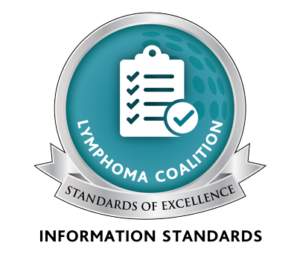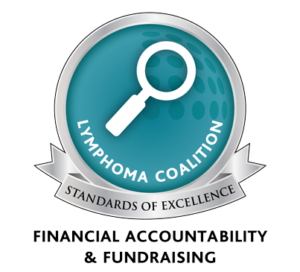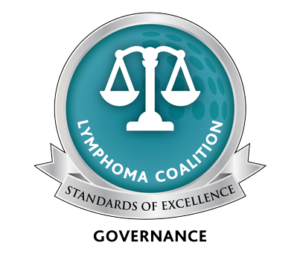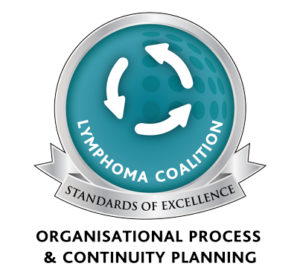In the initial period after active treatment, the doctor who was taking care of you during your lymphoma experience will probably want to see you regularly, usually every few months for the first year or two and less often after that. Your follow-up appointment may include any combination of the following:
- Physical exam: for careful examination of the size and firmness of lymph nodes
- Imaging tests: such as CT, PET, or other imaging scans to measure the size of any remaining tumour masses if internal lymph nodes or other internal organs are or were affected
- Blood tests: to assess your recovery and evaluate the need for additional treatments
Your doctor will also tell you to watch for specific signs or symptoms of recurrence. Having ongoing or new symptoms can be alarming for people who have been through cancer. The fear of recurrence is real and commonly experienced by patients. There are a number of ways that you can deal with this fear. Remember that even though new symptoms may be concerning, not all issues that arise will be cancer-related. However, it is still important to bring anything that concerns you to the attention of your healthcare team – don’t ignore them. Let your healthcare team know about them right away – you do not have to wait until your next scheduled appointment.
Furthermore, almost all cancer treatments have side effects. Some may last for a few weeks to months, but others can last the rest of your life. Use the time during your follow-up appointments to talk to your healthcare team about any changes or problems you notice and any questions or concerns you have about your health after treatment.
Also, be sure to always tell the healthcare team about any medicines, vitamins, herbs or different healing approaches that you may be using.






